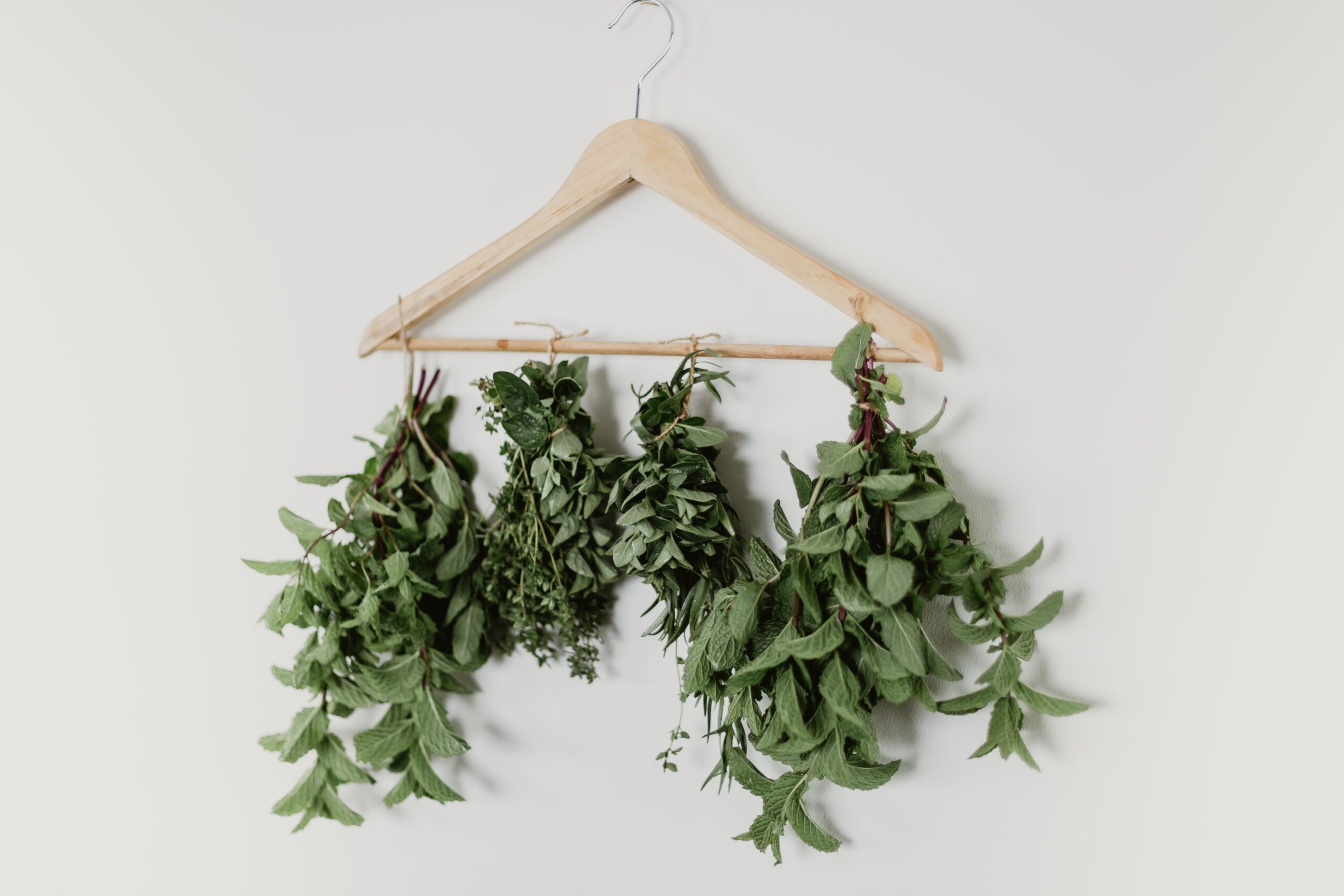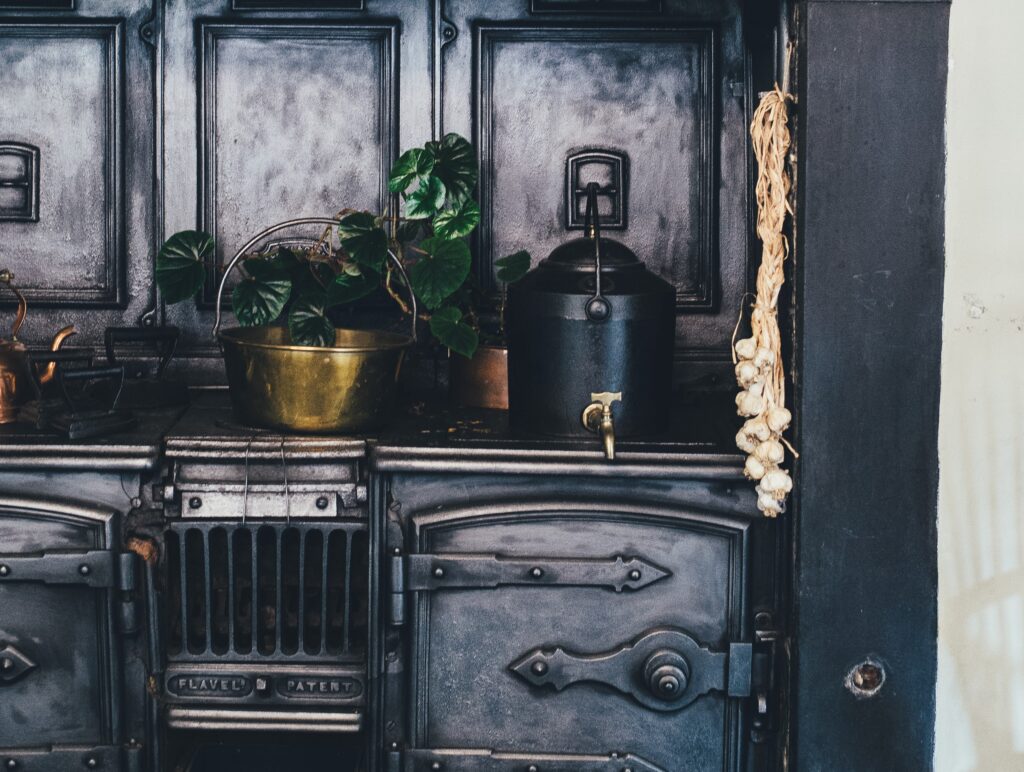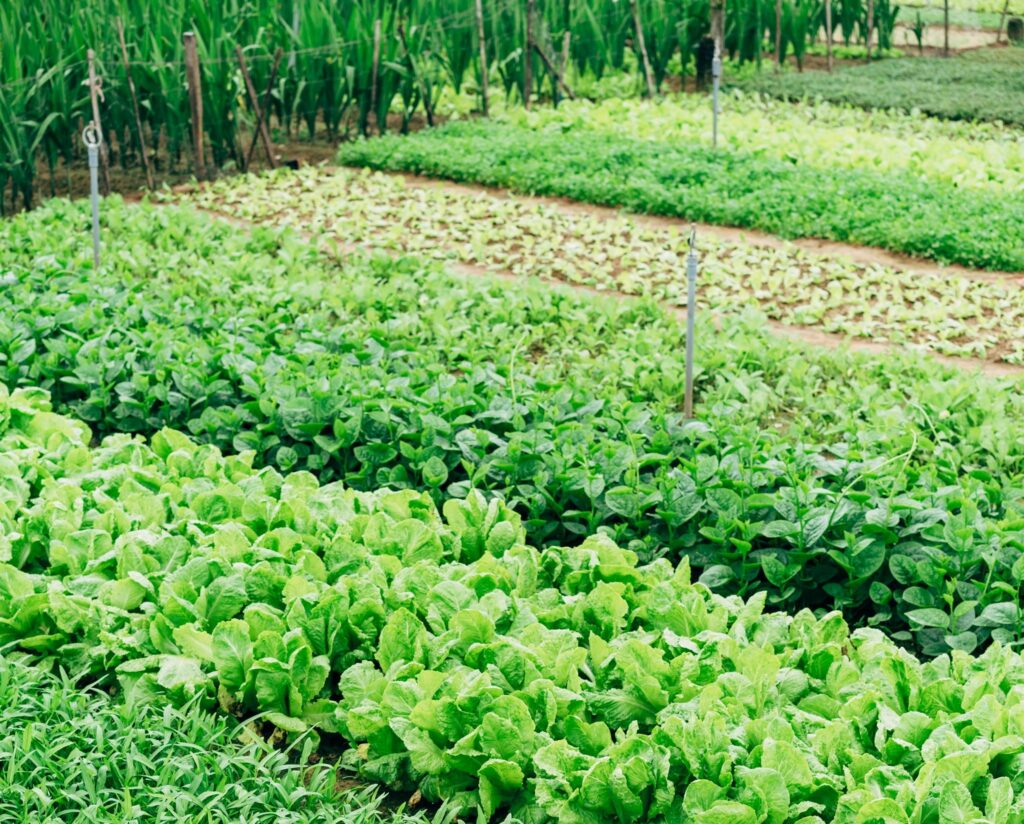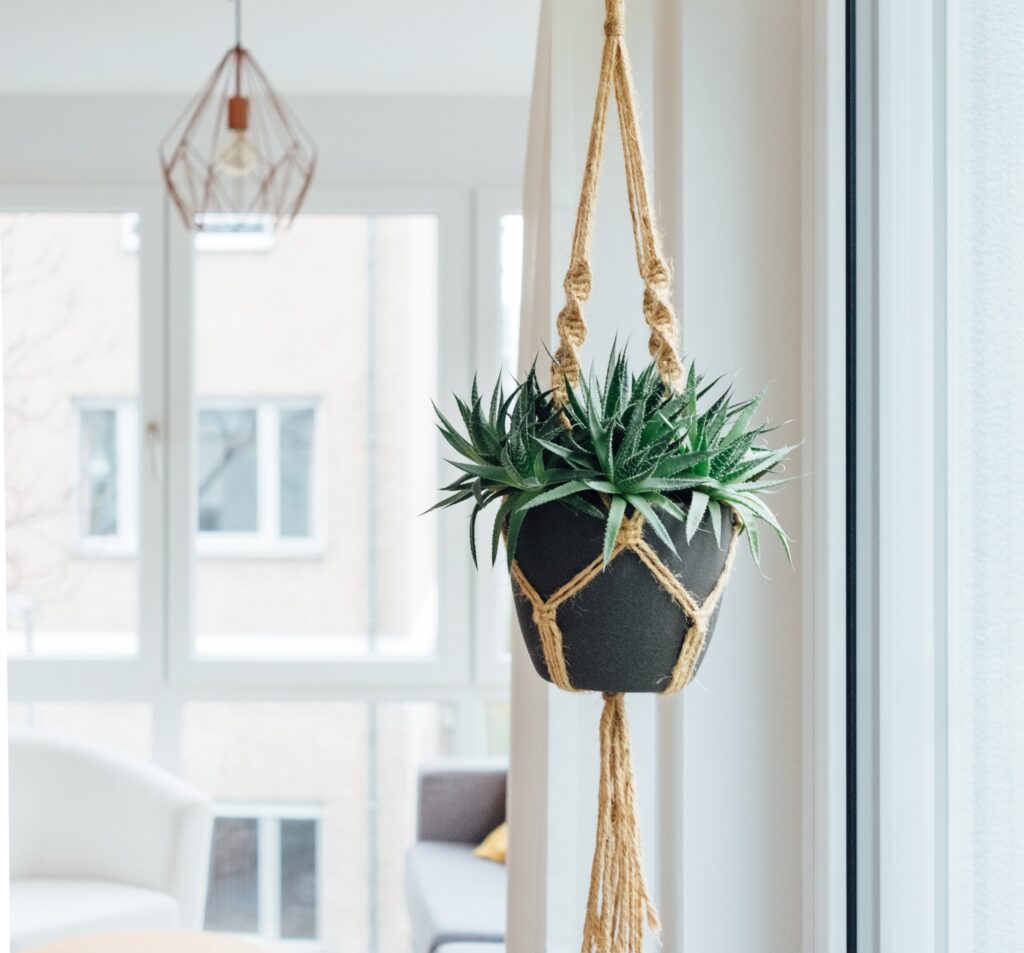
What is garden twine?
Garden twine is an essential item for gardeners. It can be used for multiple different purposes and can be incorporated into a range of gardening projects. From creating DIY hanging planters, to tying and supporting climbing plants, garden twine really can do it all.
What is garden twine made of?
Garden twine can be made from a variety of materials, both natural and synthetic. From jute to polypropylene, there is an extensive range of garden twine available. They also come in a range of camoflaguable colours, such as brown and green, to seamlessly merge with your outdoor space. They certainly won’t impact your garden’s aesthetic.
Natural garden twine
Natural garden twine is a great, sustainable option for gardening fanatics. As jute twine is biodegradable, it is the perfect environmentally-friendly choice for your garden. Keep everything as nature intended with some jute garden twine.
Synthetic garden twine
Synthetic twine is extremely strong and versatile when it comes to its uses in the garden. Polypropylene garden twine will last a lot longer than its natural counterpart, however it is not biodegradable and should be disposed of properly after use.
How to use garden twine
So, what can you use garden twine for? Well, its immense versatility means there are actually quite a few potential options available, so many in fact that it’s become a staple amongst horticulturists.
1. Tying and supporting plants

Tying climbing plants helps not only with supporting and aiding their growth, but it’ll make your garden look a lot tidier and less overgrown. Using gardening twine, tie your climbing plants to a support, such as a fence or wire mesh, to ensure a happy growing period. Green jute garden twine is great for tying or supporting your plants, and will blend right in with your garden’s aesthetic.
2. Hanging onions, garlic or herbs to dry

Drying garlic and onions is a must, and missing out this step will most likely result in your crops rotting during the storage period. You can use any sort of garden twine to hang up your onions or garlic, and you can do the same when drying herbs too. To ensure that your process is successful, hang your crops in bunches from a rack or a clothes hanger and leave for a few weeks. To speed up the drying, use a dehydrator for up to ten hours until all crops are completely dried. For that earthy look whilst hanging, we recommend using natural jute garden twine.
3. Separate areas in your garden

Keeping areas in your garden separate is important when growing lots of different plant species, and you definitely don’t want your garden becoming overgrown. Using garden twine to cordon off sections of your garden will make it easier to pick and choose where to grow certain plants. Keep your garden organised and tidy.
4. Hang planters

Add a few personal touches to your garden, and unleash your creative side, with DIY hanging planters. In order to make these planters, you will need to select your desired garden twine and cut around eight pieces of equal length. These pieces should then be tied in one knot to sit at the bottom of your planter, and crossed over your plant pot in a chosen pattern. Make sure that the garden twine is relatively tight around your plant pot to ensure it doesn’t fall or slump to one side.
5. Train fruit tree branches

Training fruit trees allows gardeners to control how big they grow and where they produce fruit. Tying these branches to walls or fences with garden twine means you can ensure that they don’t take up too much space in your garden. Plus, when it comes to harvesting your fruit, your fruit trees will be a reasonable height, and you won’t need a stepladder.
Garden twine has so many amazing uses, and we would say it is a staple for gardening enthusiasts. If you’re interested in making your first garden twine purchase, why not check out our range today?

